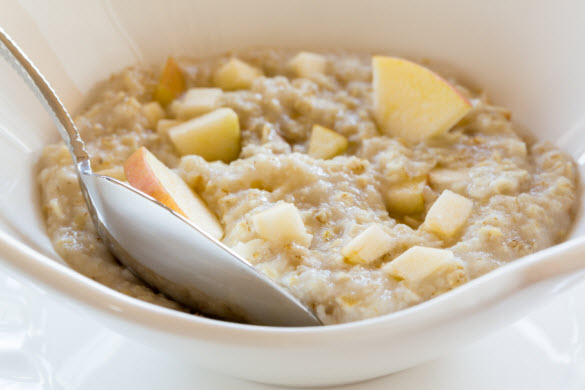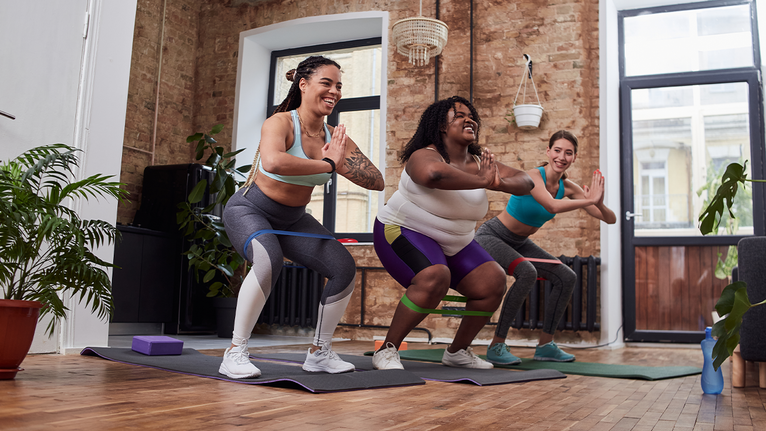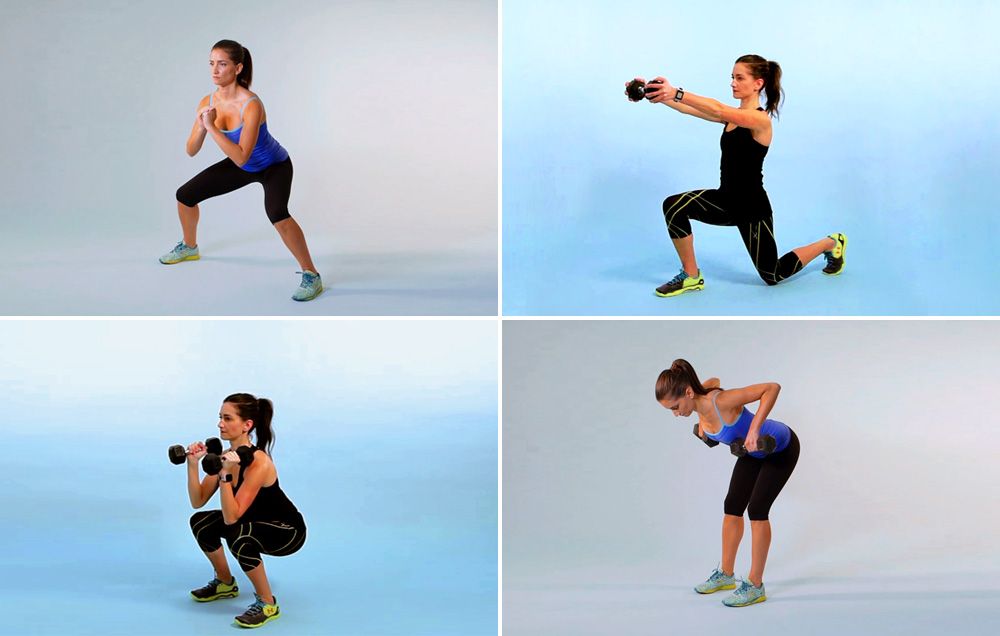As we navigate the ever-evolving landscape of fitness, the fundamental principles of effective weight loss remain constant: create a calorie deficit through a combination of smart nutrition and consistent exercise. While countless fitness trends emerge each year, certain exercises consistently prove their mettle in their ability to burn calories, build lean muscle, and contribute to a healthier body composition. Looking ahead to 2025, this comprehensive guide unveils 17 of the absolute best exercises you can incorporate into your routine to maximize your weight loss efforts and achieve your fitness aspirations. From high-intensity calorie burners to muscle-sculpting power moves, this diverse selection offers something for every fitness level and preference.
High-Intensity Calorie Torchers: Igniting Your Fat-Burning Furnace
These exercises are designed to elevate your heart rate and burn a significant number of calories in a shorter amount of time, making them incredibly efficient for weight loss.
1. High-Intensity Interval Training (HIIT): This dynamic training method involves short bursts of intense exercise followed by brief recovery periods. HIIT workouts can be adapted to various exercises like sprinting, cycling, or bodyweight movements. Its effectiveness lies in its ability to maximize calorie burn both during and after the workout (the “afterburn effect”).
2. Jumping Rope: A seemingly simple exercise, jumping rope is a fantastic full-body workout that torches calories, improves coordination, and strengthens your cardiovascular system. It’s also highly portable and requires minimal equipment.
3. Burpees: This compound exercise combines a squat, push-up, and jump, engaging nearly every muscle group in your body. Burpees are a highly effective calorie burner and excellent for improving overall fitness and endurance.
4. Kettlebell Swings: This dynamic, full-body movement works your posterior chain (glutes, hamstrings, lower back) and core while providing a significant cardiovascular challenge. Kettlebell swings are excellent for building power and burning calories efficiently.
5. Running/Sprinting Intervals: Whether outdoors or on a treadmill, incorporating running or sprinting intervals into your routine is a highly effective way to burn calories and improve cardiovascular fitness. Varying your pace keeps your body challenged and maximizes fat burning.
6. Cycling (High Intensity): Pushing your pace and resistance on a bicycle, whether indoors or outdoors, is a great way to burn calories and improve cardiovascular health. Interval cycling, with bursts of high intensity, can further enhance its weight loss benefits.
Strength Training Power Moves: Building Muscle, Boosting Metabolism
Incorporating strength training is crucial for preserving and building lean muscle mass during weight loss, which in turn boosts your metabolism and helps you burn more calories at rest.
7. Squats: A foundational compound exercise that works your quads, hamstrings, and glutes. Squats are essential for building lower body strength and contributing to overall calorie expenditure.
8. Deadlifts: Another powerful compound exercise that engages numerous muscle groups throughout your body, including your back, legs, and core. Deadlifts are excellent for building overall strength and contributing to a higher metabolic rate. Proper form is crucial to avoid injury.
9. Push-Ups: A classic bodyweight exercise that works your chest, shoulders, and triceps. Push-ups can be modified to suit various fitness levels and are a great way to build upper body strength.
10. Rows (Dumbbell or Barbell): These exercises target your back muscles and biceps, helping to improve posture and build upper body strength. Strong back muscles are essential for overall functional fitness.
11. Lunges: A unilateral (single-leg) exercise that works your quads, hamstrings, and glutes while also improving balance and stability. Lunges can be varied to challenge different muscle groups.
12. Overhead Press (Dumbbell or Barbell): This exercise targets your shoulders and triceps, building upper body strength and contributing to overall muscle mass.
Low-Impact Yet Effective: Sustainable Movement for Weight Loss
For those seeking gentler options or looking to incorporate active recovery, these low-impact exercises can still contribute significantly to calorie burning and overall fitness.
13. Brisk Walking: Often underestimated, brisk walking is a fantastic low-impact exercise that burns calories, improves cardiovascular health, and is easily incorporated into your daily routine.
14. Swimming: A full-body, low-impact workout that is gentle on the joints while effectively burning calories and improving cardiovascular fitness. Different swimming strokes engage various muscle groups.
15. Cycling (Moderate Intensity): Maintaining a steady, moderate pace on a bicycle is a sustainable way to burn calories and improve cardiovascular health without putting excessive stress on your joints.
16. Elliptical Trainer: This machine provides a low-impact cardiovascular workout that engages both your upper and lower body, making it an efficient calorie burner.
17. Yoga and Pilates (Active Styles): While often focused on flexibility and strength, more dynamic styles of yoga (like Vinyasa or Power Yoga) and Pilates can elevate your heart rate and contribute to calorie burning while improving strength, flexibility, and balance.
Building Your Weight Loss Workout Plan for 2025:
The key to successful weight loss through exercise is consistency and a well-rounded approach. Consider incorporating a mix of high-intensity cardio for efficient calorie burning, strength training to build lean muscle and boost metabolism, and low-impact activities for active recovery and sustainable movement.
- Aim for a combination: Include both cardio and strength training in your weekly routine.
- Listen to your body: Don’t push yourself too hard, especially when starting. Gradually increase intensity and duration.
- Prioritize proper form: Focus on executing exercises correctly to prevent injury and maximize effectiveness.
- Stay consistent: Aim for regular workouts several times a week to see the best results.
- Find what you enjoy: Choosing activities you like will make it easier to stick with your routine long-term.
As we look towards 2025, these 17 exercises stand out as powerful tools in your weight loss journey. By incorporating a variety of these movements into a well-structured and consistent workout plan, coupled with a healthy and balanced diet, you can effectively work towards your weight loss goals and cultivate a healthier, stronger, and more vibrant you. Embrace the power of movement and make 2025 your year for lasting fitness success.
As we navigate the ever-evolving landscape of fitness, the fundamental principles of effective weight loss remain constant: create a calorie deficit through a combination of smart nutrition and consistent exercise. While countless fitness trends emerge each year, certain exercises consistently prove their mettle in their ability to burn calories, build lean muscle, and contribute to a healthier body composition. Looking









